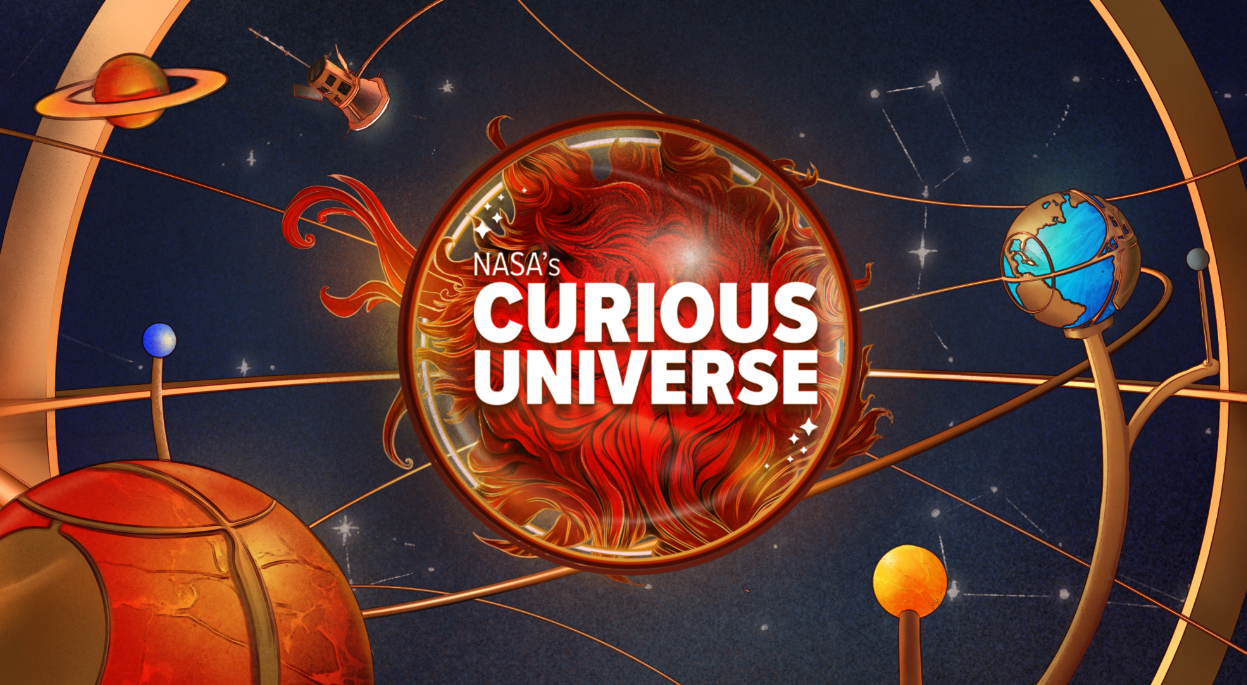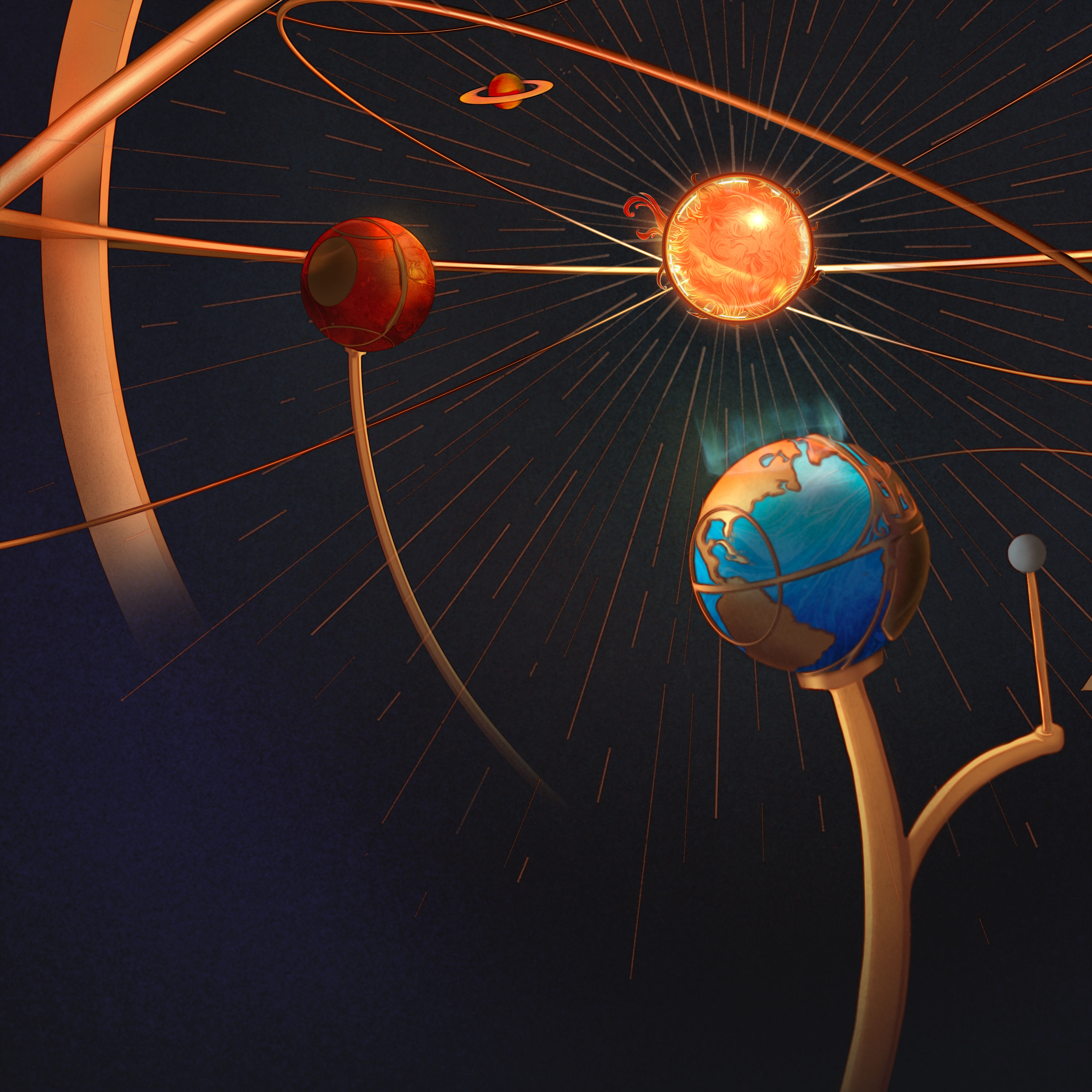
Title: Monitoring the Sun's Impact on Earth: A Space Weather Perspective
The sun, our closest star, is a dynamic celestial body that constantly emits energy and particles in various forms. While its steady glow provides us with light and warmth, its more active aspects can pose challenges to life on Earth.
Space weather refers to the environmental conditions in space that can affect satellites, astronauts, power grids, aviation industries, GPS navigation systems, and other technologies. The Space Weather Prediction Center (SWPC) in Boulder, Colorado is dedicated to monitoring solar activity and its potential impacts on Earth.
Coronal Mass Ejections (CMEs): Explosive Solar Events CMEs are massive eruptions of plasma from the sun's outer atmosphere. These events can result in auroras when they interact with Earth's magnetic field, but they can also disrupt power grids, satellite systems, and communication networks if directed towards our planet.
Monitoring Space Weather: The Role of SWPC SWPC communicates with various industries to ensure preparedness for extreme space weather events. They provide alerts and forecasts based on solar activity levels. For instance, when solar activity reaches G3 level, the SWPC contacts coordinators responsible for North America's power grid to allow them to mitigate potential problems.
Impacts of Severe Solar Weather on Agriculture Severe solar weather can disrupt GPS systems used in precision agriculture. Approximately 75% of crops in the US are planted using GPS, and a disruption could lead to significant losses. Minnesota is one of the most vulnerable states due to its northern location and iron ore in bedrock.
Understanding Solar Patterns: Gamma Rays and Magnetic Fields Recent studies have shown that gamma radiation is most intense at the sun's poles during solar peak activity, coinciding with magnetic fields officially flipping. This finding could help extend our knowledge of where exactly on the sun's surface gamma rays are originating and provide clues about overall solar conditions, potentially leading to early detection of processes coming to the surface and increased solar activity.
Conclusion: Preparing for Space Weather Challenges As we approach the maximum of a solar cycle later this year, increased solar activity should keep SWPC forecasters busy safeguarding our society with actionable space weather information. By understanding the sun's behavior and its potential impacts on Earth, we can better prepare ourselves for any challenges that may arise.






